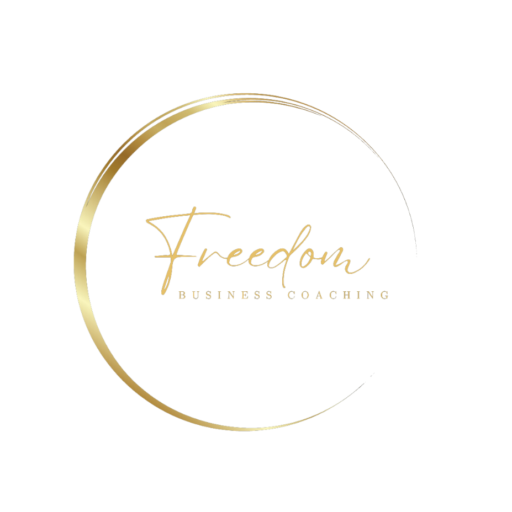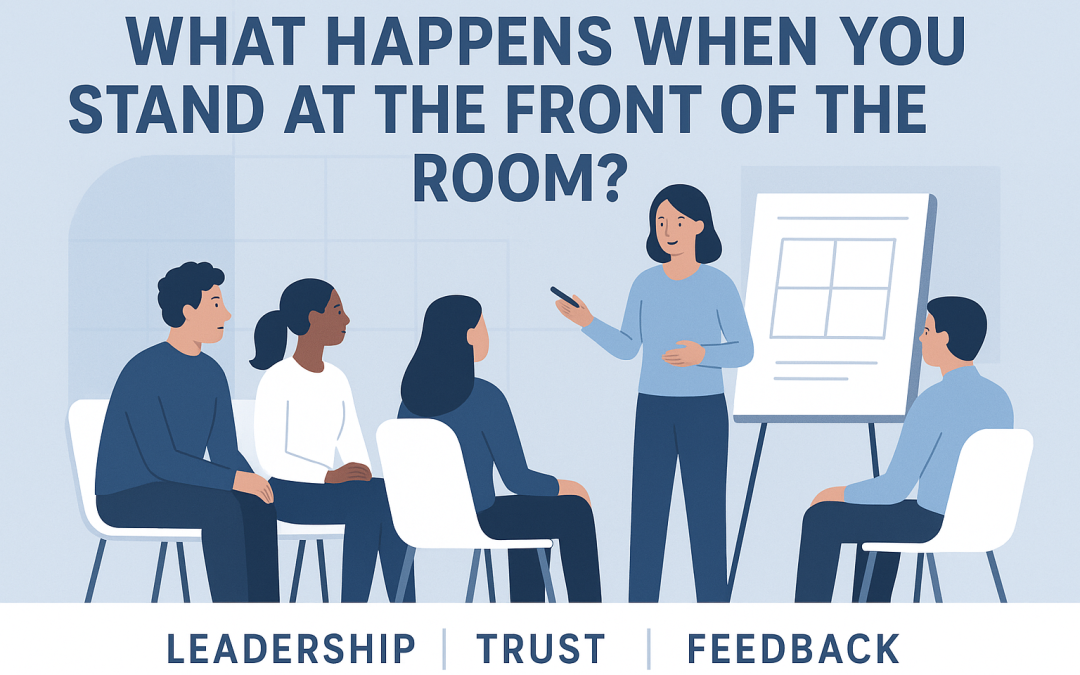Why the Johari Window is One of the Most Honest and Valuable Sessions a Team Can Experience
We all carry an idea of who we are at work – our strengths, our challenges, what we believe we bring to the table.
But how often do we really test that picture?
In some of the leadership development work I run, there’s one session that stands out every time for its impact. It’s raw, it’s revealing, and it only works in the kind of team that has already built strong mutual trust.
It’s based on the Johari Window – a tool designed to explore how we see ourselves and how others see us. But the way we run it makes it far more than just a theoretical exercise.
One by One, You Step Forward
Each team member takes a turn standing at the front of the room with a flip chart.
At the top, they write down the strengths they believe they bring to the business.
At the bottom, they list their weaknesses – areas they feel they struggle with or want to develop.
This part alone can take courage. It’s personal, it’s vulnerable, and it sets the tone for what comes next.
Clarity First, Then Feedback
Once the person has filled out their board, the rest of the group is invited to ask for clarification – not to challenge, but to understand. What do they mean by “strategic”? What does “impatient” look like in their day-to-day? Where have they seen this show up?
Only when clarity is established does the group move to the next phase.
Now the team offers their own suggestions. Additional strengths they see that weren’t listed. Development areas or blind spots the person may not have mentioned. Everything shared is written up on the flip chart, live, in front of the room.
No filters. No fluff. Just honest, respectful feedback, rooted in a shared commitment to each other’s growth.
Then, the person at the front gets the chance to ask their own questions – again, for clarity. “Can you give me an example of when you saw that?” “What impact did it have?” These moments often spark incredibly powerful conversations.
Everyone Takes a Turn
The session continues until every single person has stood at the front, been listened to, and received feedback from their peers.
And by the end, each team member walks away with something rare:
– A list of strengths they may not have known others valued
– A clear view of where they’re holding themselves or others back
– And an honest picture of how they show up within the team
But This Only Works With One Thing in Place: Trust
This isn’t a session for new teams or groups without strong psychological safety.
It only works when everyone is fully bought into the rules of engagement – that feedback is given to support growth, not score points. That we assume positive intent. That nothing shared is personal – it’s professional and constructive.
When those ground rules are in place, though… the insights are extraordinary.
The Role of the Facilitator
This kind of session benefits hugely from having an experienced facilitator in the room.
Someone who can set the tone, establish clear ground rules, and make sure the conversation stays safe, focused, and constructive.
Someone who knows when to step in, when to hold silence, and how to manage the emotional energy in the room as the session unfolds.
The facilitator isn’t there to fix, judge or lead the feedback – just to guide the process so it works as intended, and to protect the trust that makes the session effective.
It’s not about being overly formal or clinical. It’s about having someone there with the experience to ensure things go deep – but stay respectful and productive throughout.
Why It Matters
This session is one of the most powerful forms of 360° feedback I’ve seen – not hidden behind a survey, but shared live, person to person.
It’s not always easy. But it is always valuable.
Because if you want to grow as a leader – or as a team – you need to know what others see.
And sometimes, the clearest mirror is the one held up by those you work with every day.

